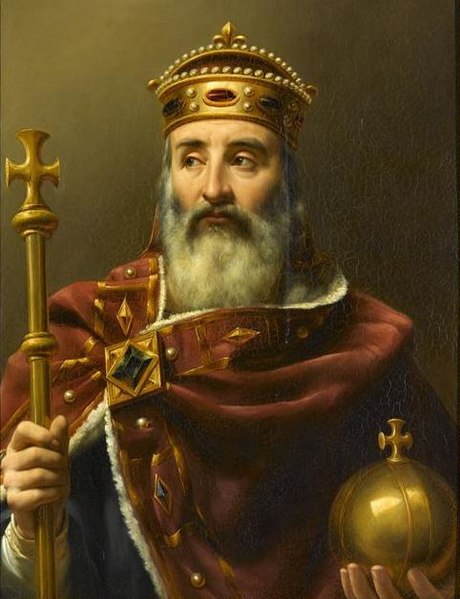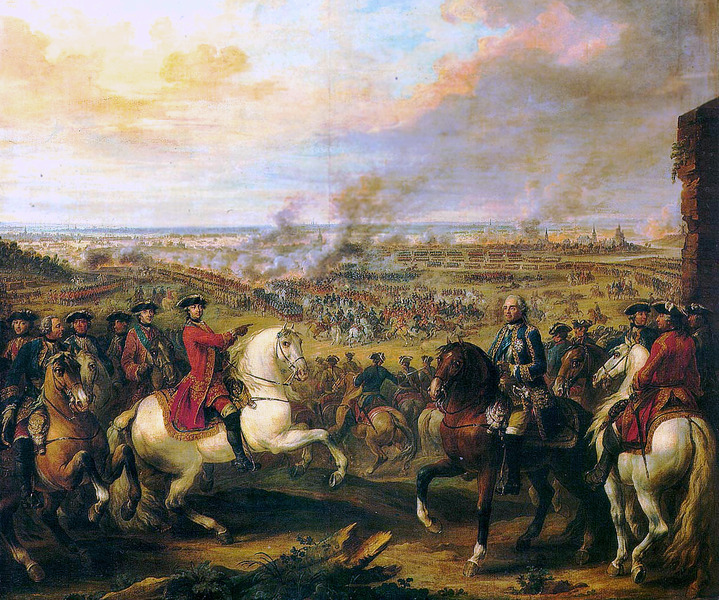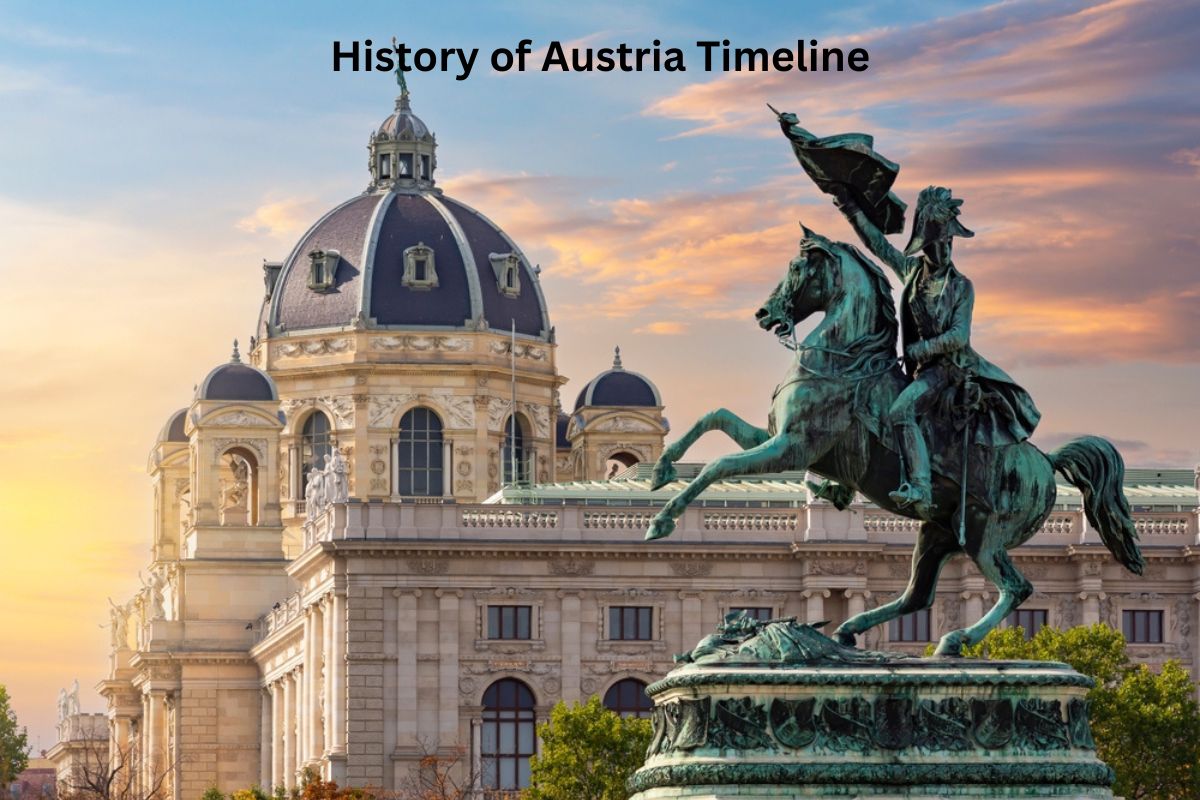Austria’s history is a tapestry woven with diverse influences and pivotal moments.
Nestled in the heart of Europe, its past encompasses the rise and fall of empires, the achievements of cultural luminaries, and the challenges of modernization.
From its Celtic roots and Roman connections to the reign of the Habsburg dynasty that spanned centuries, Austria’s story is one of resilience, artistic achievement, and its role as a crossroads of cultures.
As it navigated through turbulent eras, such as the Revolutions of 1848 and the aftermath of World War I, Austria’s evolution as a nation of heritage, diplomacy, and innovation continues to shape its place on the global stage today.
| Time Period | Key Events |
|---|---|
| Prehistory and Ancient Times | – Around 700 BC: Celtic tribes settle in the region. – 15 BC: Becomes part of the Roman Empire (Noricum). |
| Medieval Period | – 788: Charlemagne establishes the Carolingian Empire. – 976: Babenberg dynasty takes control. |
| Habsburg Dynasty | – 1278: Habsburg dynasty begins rule. – 1438: Habsburgs become Holy Roman Emperors. – 1526: Inherit Hungary and Bohemia. – 1683: Ottoman siege of Vienna repelled. – 1713: Treaty of Utrecht solidifies control. |
| 19th Century | – 1848: Revolutions of 1848 lead to demands for reforms. – 1867: Austro-Hungarian Compromise forms Dual Monarchy. – 1914: Assassination of Archduke Franz Ferdinand triggers WWI. |
| 20th Century | – 1918: Austro-Hungarian Empire collapses, First Austrian Republic formed. – 1938: Austria annexed by Nazi Germany. – 1945: Liberation and Second Austrian Republic established. – 1955: Austria regains independence and neutrality. – Late 20th Century: Prosperity and stability. |
| 21st Century | – Austria joins the European Union in 1995. – 2015: Involvement in European migrant crisis. – Continuing role in European politics. |
Austrian History Timeline
1. Ancient Times
Around 700 BC, Celtic tribes settled in the region that would become Austria. By 15 BC, the area was incorporated into the Roman Empire as the province of Noricum. The Roman influence brought advancements in infrastructure, trade, and culture to the region.
2. Medieval Period
In 788, Charlemagne established his authority over what would later become Austria, as part of the Carolingian Empire. This marked the beginning of a complex interplay between local nobility, emerging powers, and imperial control.
Also Read: German History Timeline
By 976, the Babenberg dynasty had risen to power, gaining control over the eastern territories of the Holy Roman Empire. Their rule contributed to the development of local institutions and provided stability.

3. Habsburg Dynasty
In 1278, after the Battle of Dürnkrut and Jedenspeigen, the Habsburg dynasty emerged as a significant power in the region under Rudolf I of Habsburg. Successive rulers consolidated their influence and expanded their holdings.
In 1438, the Habsburgs attained the position of Holy Roman Emperors with the election of Albert II. Their reign marked a period of territorial growth, as they inherited lands, formed alliances, and engaged in diplomacy across Europe.
Also Read: Timeline of Swiss History
By 1526, the Habsburgs’ inheritance of the Kingdom of Hungary and Bohemia solidified their dominion over a diverse realm.
The Ottoman Empire’s siege of Vienna in 1683 became a pivotal moment, with the Habsburgs successfully defending the city against the Ottomans. This marked a turning point in the decline of Ottoman influence in central Europe.
The Treaty of Utrecht in 1713 recognized the Habsburgs’ control over the Spanish Netherlands and various Italian territories. These acquisitions expanded their political influence and added to their already extensive holdings.
Through strategic marriages, political maneuvering, and territorial growth, the Habsburg dynasty established Austria as a major European power in the coming centuries.
4. 19th Century
The 19th century was a transformative period for Austria, marked by political and social changes: In 1848, the Revolutions of 1848 swept across Europe, including Austria.
These uprisings were fueled by demands for constitutional reforms, greater civil liberties, and national autonomy. In Austria, protesters called for a constitution and more representative government, but these movements were ultimately suppressed by the ruling Habsburg monarchy.
In 1867, the Austro-Hungarian Compromise, also known as the Ausgleich, was established. This compromise created the Dual Monarchy of Austria-Hungary, granting the Kingdom of Hungary a greater degree of autonomy within the empire.
This change aimed to address nationalistic aspirations within the empire and create a more stable political structure.
The assassination of Archduke Franz Ferdinand in 1914 in Sarajevo triggered the start of World War I. Austria-Hungary’s involvement in the war and subsequent defeat played a significant role in the dissolution of the Austro-Hungarian Empire and the emergence of the First Austrian Republic.

5. 20th Century
The 20th century brought further upheaval and change to Austria: After World War I, in 1918, the Austro-Hungarian Empire collapsed, leading to the formation of the First Austrian Republic. This republic faced economic challenges, political instability, and social tensions during its early years.
In 1938, Nazi Germany under Adolf Hitler annexed Austria in an event known as the Anschluss. Austria became part of the Greater German Reich, and its institutions were integrated into Nazi rule. This marked a period of repression, persecution, and loss of sovereignty.
The end of World War II in 1945 led to the liberation of Austria by Allied forces. The country regained its independence, and the Second Austrian Republic was established. Austria underwent a process of denazification and sought to rebuild its institutions and society.
In 1955, Austria regained full independence and neutrality through the Austrian State Treaty. This treaty formally ended the post-war occupation and allowed Austria to reestablish itself as a sovereign nation. The country’s neutrality policy contributed to its stability during the Cold War.
Throughout the late 20th century, Austria experienced economic growth, political stability, and integration into international organizations. It became known for its high standard of living, cultural contributions, and diplomatic engagement.
6. 21st Century
In 1995, Austria joined the European Union, marking a significant step in its integration with the broader European community. This move facilitated economic cooperation, trade, and political ties with other EU member states.
The 21st century saw Austria grappling with challenges such as immigration and the European migrant crisis. As a transit and destination country for migrants and refugees, Austria faced discussions about border controls, integration, and humanitarian efforts.
Austria continued to play an active role in European politics, contributing to discussions on various issues within the European Union. Its political landscape and social dynamics evolved as the country balanced its historical traditions with modern challenges.
